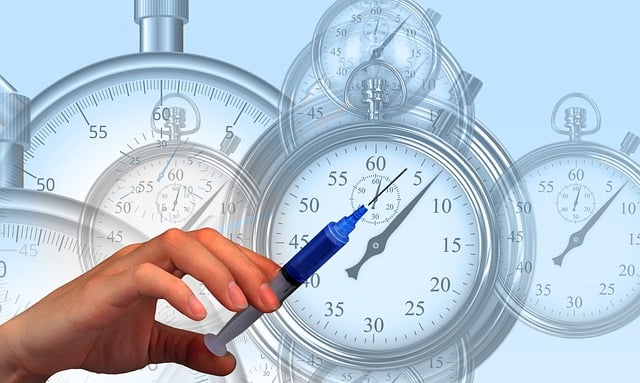Low water pressure in homes is primarily caused by clogged pipes from mineral deposits, grease, tree roots, or leaks, both visible and hidden. Outdated or corroded pipes may also restrict flow or have weak spots. Effective troubleshooting requires identifying specific issues like clogs, leaks, or network disruptions to implement suitable solutions. Regular plumbing inspections, pipe replacements, proper drain traps, venting, and water pressure regulators can significantly improve water flow and system longevity.
Low water pressure can be a frustrating household issue, leaving you with weak streams and inadequate flow. But what are the real causes behind this common problem? From clogged pipes to leaks in complex water distribution systems, various factors contribute to reduced pressure. This article explores the most frequent reasons for low water pressure in homes, offering insights into understanding and addressing these issues effectively. Uncover practical solutions to restore optimal water pressure and bid farewell to frustratingly weak flows.
- Common Home Plumbing Issues Causing Low Water Pressure
- Understanding Water Distribution Systems and Their Impact
- Effective Solutions for Restoring Optimal Water Pressure
Common Home Plumbing Issues Causing Low Water Pressure

Low water pressure in your home can be a frustrating issue, and it often stems from common plumbing problems. One of the primary causes is clogged pipes, which can be a result of built-up mineral deposits, grease, or even tree roots infiltrating your plumbing system. These obstructions restrict the flow of water, leading to reduced pressure throughout your home’s plumbing fixtures.
Another frequent culprit is leaks, both visible and hidden. Even small leaks in pipes, fittings, or appliances can significantly decrease water pressure over time. Leaks waste precious water and create an inefficient plumbing system. Additionally, outdated or corroded pipes may have developed restrictions or weak spots, causing pressure drops. Identifying these issues promptly is essential to ensuring optimal water pressure and maintaining the overall health of your home’s plumbing system.
Understanding Water Distribution Systems and Their Impact

Water distribution systems play a crucial role in delivering water to our homes and businesses, but their complexity can also be a factor in low water pressure issues. These systems are designed to transport water from treatment plants or wells to various locations, often over long distances. The process involves pumps, pipes, valves, and storage tanks working together to maintain water flow. Any disruptions or blockages within this network can significantly impact the pressure at your faucet. Understanding these systems and their potential problems is essential when troubleshooting low water pressure.
Causes of low water pressure can be multifaceted, from simple clogs in pipes to more complex issues like worn-out valves or main line leaks. Clogged pipes, whether due to mineral buildup or debris, restrict water flow, leading to reduced pressure. Leaks, especially in older plumbing, can cause significant water loss, resulting in weaker water pressure. Additionally, main breaks or disruptions in the distribution network can temporarily reduce pressure for entire neighborhoods. Identifying the specific problem within these systems is key to effective solutions.
Effective Solutions for Restoring Optimal Water Pressure

Low water pressure can be a frustrating issue, often stemming from various causes such as clogged pipes, leaks, or outdated plumbing systems. To restore optimal water pressure, start by identifying the root cause. One effective solution is to schedule regular plumbing inspections to catch any potential leaks early on. Replacing old or damaged pipes can significantly improve water flow and pressure.
Additionally, cleaning out drain traps and ensuring proper venting can help prevent slow drains and clogs, which are common causes of low pressure. For severe cases, consider installing water pressure regulators to maintain consistent pressure throughout your plumbing system. These solutions not only restore efficient water pressure but also contribute to the longevity of your home’s plumbing infrastructure.
Low water pressure can be a frustrating issue, but understanding its underlying causes—from clogged pipes to leaks in water distribution systems—is the first step towards effective solutions. By identifying and addressing these problems, homeowners can restore optimal water pressure, ensuring efficient and reliable access to water for daily activities. Implementing the solutions discussed in this article will help you navigate through these plumbing challenges, providing a clearer understanding of the Causes of Low Water Pressure and offering practical ways to resolve them.
